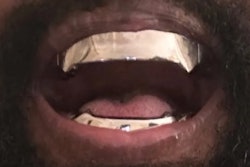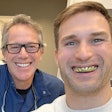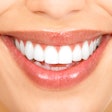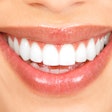
Viral social media jaw-defining trends such as "mewing" and “looksmaxxing” are raising concerns among dental experts due to their lack of scientific evidence and the risk of possible teeth and jaw complications, according to organized dentistry.
While mewing, pressing the tongue against the roof of the mouth to redefine the jawline, may seem promising, only changing tongue placement isn't enough to correct crooked teeth or define the jawline, according to an article recently published by the American Association of Orthodontists (AAO).
Other questionable viral trends
Additionally, another trend, termed "looksmaxxing," encourages young men to undergo extreme facial and jaw alterations in pursuit of enhanced attractiveness, according to a story published by The Guardian.
This phenomenon spans various levels: "Softmaxxing" involves nonsurgical alterations, such as refining jawlines through exercises like mewing or experimenting with trendy hairstyles. On the other end, "hardmaxxing" ventures into more extreme territory, often involving plastic surgery.
While most men who participate in these practices report increased self-confidence, there's growing concern about the extreme aspect of the trend and the potential consequences stemming from unrealistic beauty standards perpetuated on social media.
Mewing, which has become popular, thanks to the looksmaxxing trend, has more than 1 billion mentions on TikTok, according to the story.
Dentists’ roles
With these potentially dangerous trends, patients need to know that facial restructuring isn't just about adjusting the tongue's position but involves intricate movements of jaw and facial bones, along with soft tissue. Despite its social media hype, there's no evidence to suggest that mewing offers any benefits to one's jawline or oral health.
Furthermore, dental patients need to know that if a strong muscle like the tongue is incorrectly positioned, they could face more problems, including disrupted tooth alignment, worsened bite issues, and speech problems that often require complex treatment in the future, according to the AAO.




















